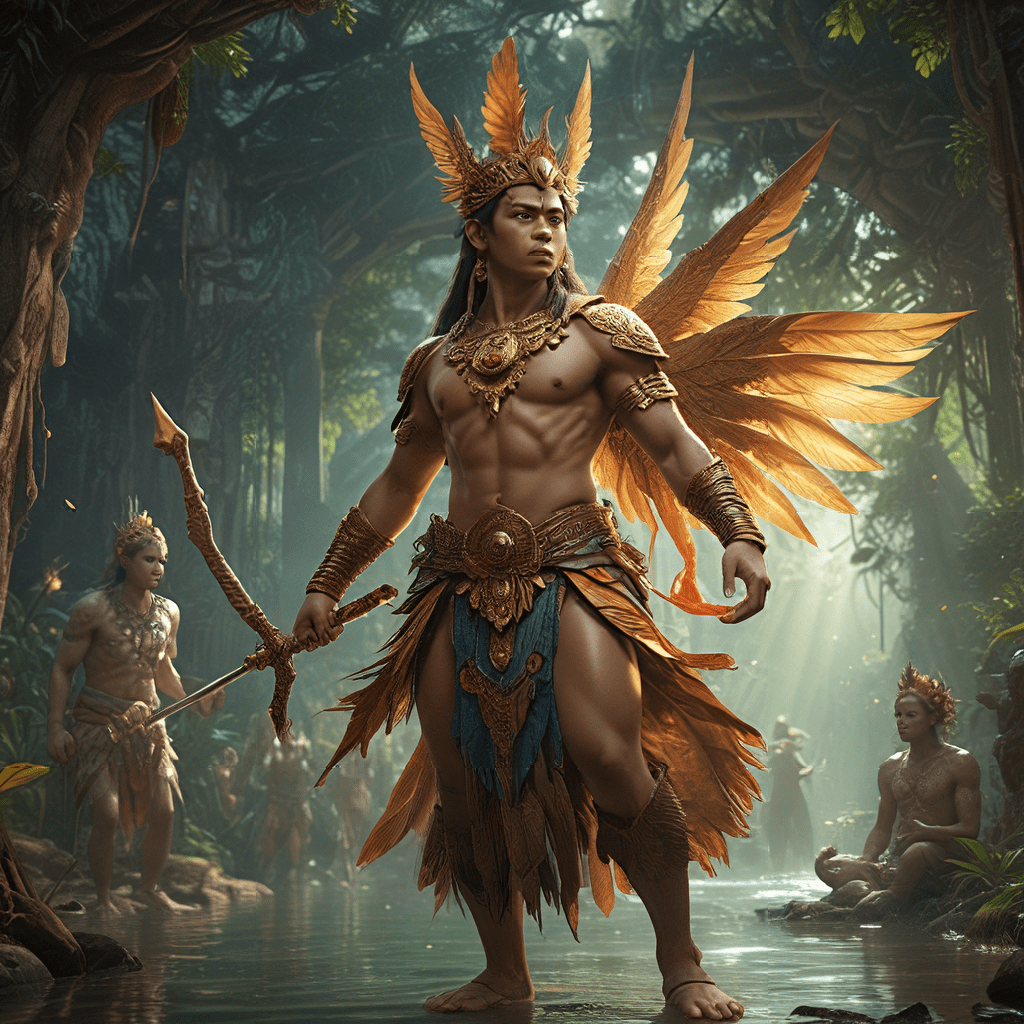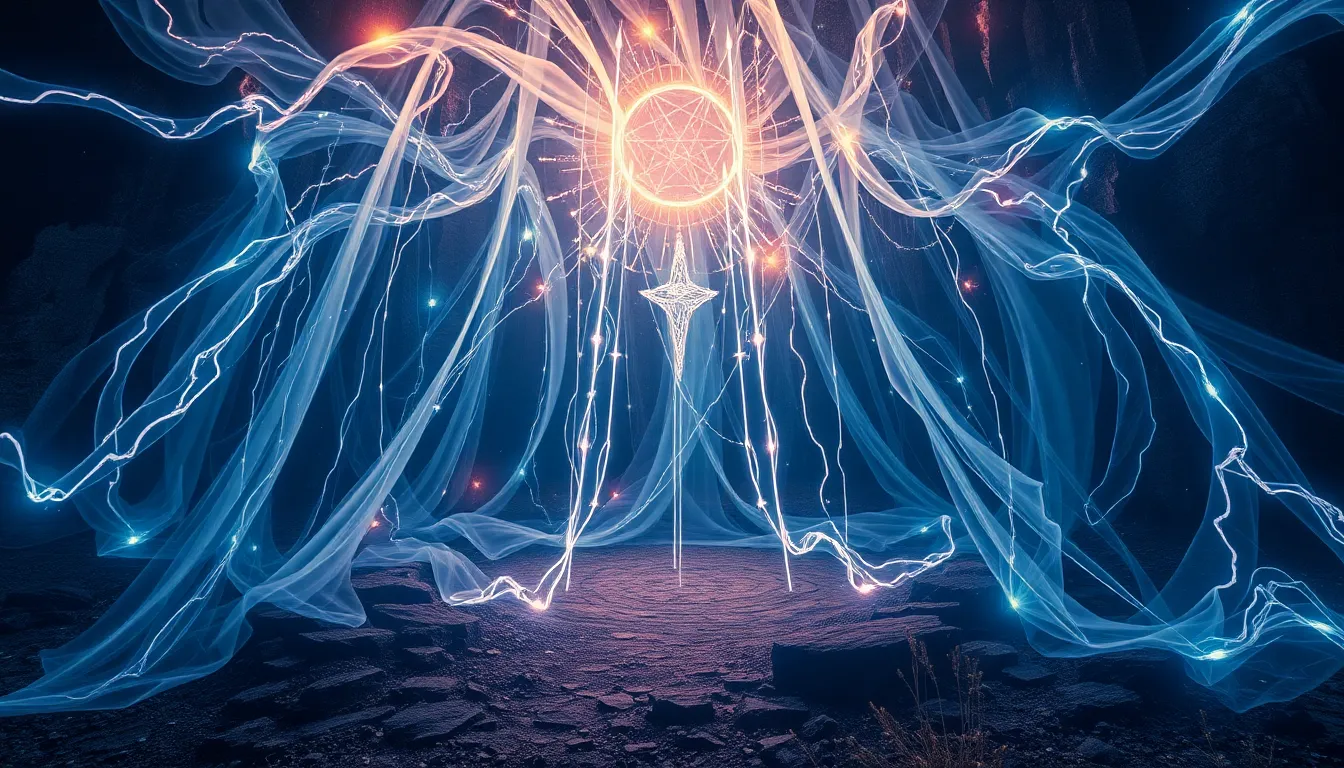The Mountain of the Night Sky: Myths of Celestial Wonders
Introduction: The Allure of the Night Sky
For millennia, the night sky has captivated humanity. From the twinkling stars to the glowing moon, celestial wonders have inspired awe, curiosity, and reverence across cultures. Our ancestors looked up at the vast expanse above and spun stories to explain the mysteries they observed, creating a rich tapestry of myths and legends that still resonate today. The night sky not only served as a backdrop for these tales but also played a crucial role in shaping cultures, religions, and scientific thought.
The Concept of the “Mountain of the Night Sky”
The phrase “Mountain of the Night Sky” serves as a metaphor for the grandeur and majesty of the celestial realm. It evokes images of towering peaks that touch the heavens, symbolizing the vastness and depth of the universe. Historically, many cultures have envisioned celestial mountains, often associating them with the divine or the sacred.
For instance, in ancient Chinese mythology, the Kunlun Mountain was considered the center of the universe, a place where the earth and sky met, and where immortals resided. Similarly, in Hindu cosmology, Mount Meru represents the axis of the universe, linking the physical and spiritual realms. These representations highlight humanity’s yearning to connect with the cosmos.
Celestial Bodies as Mythical Entities
Stars and planets have long been personified in myths around the world. They were not merely celestial bodies but beings with personalities, emotions, and stories. For instance, the ancient Greeks believed that the gods resided among the stars, giving rise to numerous constellations that told tales of heroism and tragedy.
- Orion: The Hunter, a giant who fought the beasts of the earth.
- Andromeda: The Chained Princess, whose tale of sacrifice and salvation captivated many.
- Ursa Major: The Great Bear, associated with various legends of transformation and survival.
These constellations not only served as navigation tools but also as moral compasses, guiding humanity through tales of virtue and vice.
Cultural Variations: Myths from Around the World
Different cultures interpret celestial phenomena in unique ways, reflecting their values, beliefs, and environments. Here are some notable examples:
- Greek Mythology: The stories of the Pleiades, seven sisters transformed into stars, symbolize the connection between nature and human experience.
- Roman Mythology: The goddess Luna was revered as the personification of the moon, representing beauty, mystery, and nocturnal life.
- Native American Mythology: Various tribes have their own interpretations of the night sky, often viewing constellations as ancestors or spirits.
- Asian Mythology: In Japan, the Tanabata festival celebrates the meeting of the star-crossed lovers Orihime and Hikoboshi, placing emphasis on love and longing.
These myths showcase the diversity of human thought regarding the cosmos, emphasizing how celestial bodies were woven into the fabric of daily life and spiritual belief.
The Moon: A Central Figure in Celestial Myths
The moon has held a prominent place in various mythologies, often seen as a deity or a powerful symbol. Many cultures revered the moon for its influence over natural cycles, such as tides and agricultural seasons.
In many traditions, lunar deities embody feminine qualities. For example:
- Selene: The Greek goddess of the moon, depicted as a beautiful woman driving a chariot across the night sky.
- Chandra: In Hindu mythology, the moon god symbolizes beauty and the passage of time.
Folklore surrounding lunar phases often includes beliefs about fertility, harvests, and even magic. The full moon, for instance, is commonly associated with heightened emotions and supernatural occurrences, while the new moon symbolizes new beginnings and introspection.
The Sun: Myths of Light and Life
Just as the moon has its myths, the sun has also been central to many cultures. Sun deities were worshipped as vital forces for life, representing warmth, growth, and energy.
Some notable sun deities include:
- Ra: The ancient Egyptian sun god, often depicted as a falcon-headed man, who traveled across the sky in a solar barque.
- Helios: In Greek mythology, the personification of the sun, driving his chariot across the sky.
Myths explaining solar eclipses often involved fierce battles between solar deities and dark forces, symbolizing the eternal struggle between light and darkness. Additionally, seasonal changes were often attributed to the movements of sun gods, with stories explaining the cycle of planting and harvest.
Navigating the Stars: Myths of Exploration and Guidance
Stars have served as crucial navigational tools for countless civilizations, guiding explorers and travelers across vast oceans and deserts. Many cultures have legends that celebrate the stars’ role in navigation.
For example:
- Polynesian Navigation: Ancient Polynesians mastered the art of celestial navigation, relying on the stars to guide their way across the Pacific Ocean.
- North Star (Polaris): Revered by various cultures as a steadfast guide, it has been a symbol of direction and stability.
These myths emphasize the practical and spiritual significance of the stars, illustrating how they have shaped human exploration and our understanding of the world.
The Influence of Celestial Myths on Art and Literature
The myths of the night sky have inspired countless artists, writers, and musicians throughout history. From ancient pottery depicting celestial scenes to contemporary literature exploring cosmic themes, the influence of these myths is profound.
- Art: Artists like Vincent van Gogh in “Starry Night” convey the emotional resonance of the night sky, while ancient cultures adorned their artifacts with celestial motifs.
- Literature: Works such as “The Iliad” and “The Odyssey” are rich with references to celestial bodies, illustrating their importance in storytelling.
These artistic expressions continue to be a testament to humanity’s deep connection with the cosmos, revealing our aspirations, fears, and mysteries.
Modern Interpretations and Scientific Perspectives
While ancient myths have shaped our understanding of the night sky, modern science has offered new insights into celestial phenomena. The transition from myth to science has not diminished the allure of the stars; rather, it has enriched our appreciation of them.
Contemporary astronomy, with its vast array of discoveries about stars, planets, and galaxies, invites us to re-evaluate these myths. For example, the understanding of solar eclipses has evolved from divine battles to astronomical events, yet the stories remain as cultural touchstones.
Conclusion: The Enduring Legacy of Celestial Myths
Celestial myths continue to hold significance in today’s society, reminding us of our shared human experience and the universal wonder of the cosmos. They bridge the gap between the ancient and the modern, illustrating how we have sought to understand our place in the universe.
As we gaze at the night sky, we are not just looking at stars and planets; we are connecting with the stories of our ancestors, reflecting on our existence, and contemplating the mysteries that lie beyond. The mountain of the night sky remains a symbol of our eternal quest for knowledge and understanding of the cosmos.



